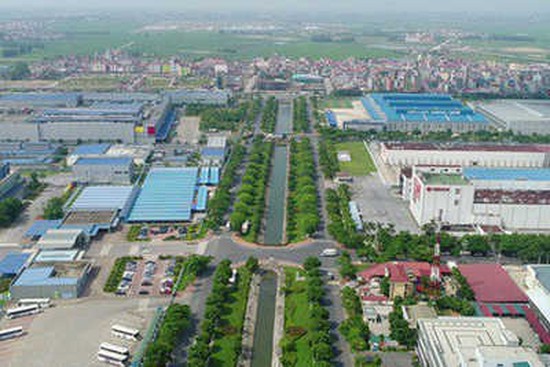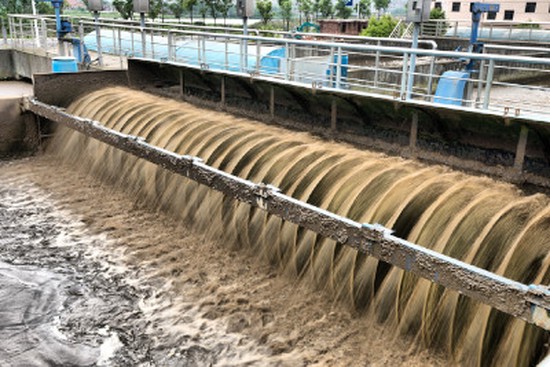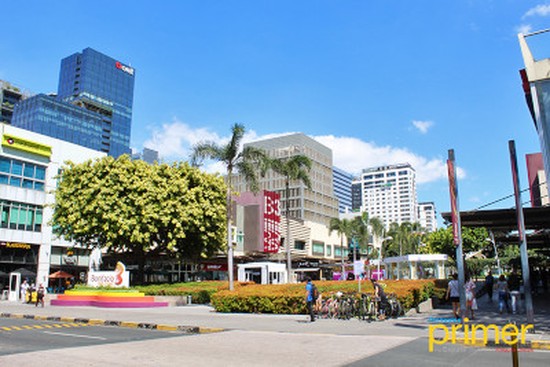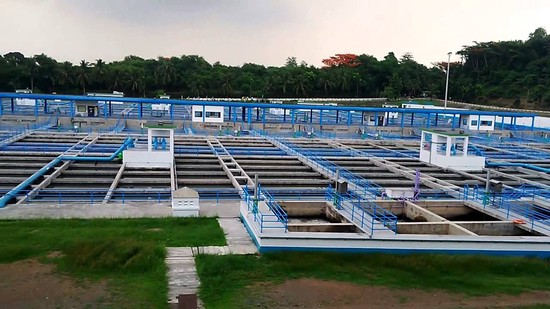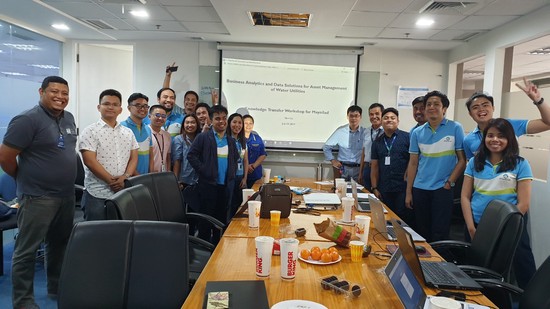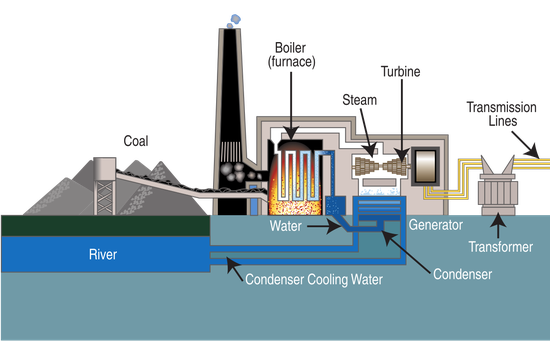Lê Thanh Nam
Kĩ sư đánh giá rủi do, quản lý dự án xây dựng, quản lý các hệ thống kĩ thuật nhà máy và công trình
Giới Thiệu
Đam mê chạy bộ, lặn biển, Kendo, và lập trình web và xác xuất thống kê. Hiện tại sống tại và làm việc tại 2 thành phố Manila và Sài Gòn, và đã từng sống tại Băng Cốc, Kyoto, Osaka, Zurich, Geneva, and Hà nội.
Nơi coi là quê: Ecopark (VN), Katsura (JP), Geneva (CH), and Zurich (CH)
Hiện đang làm cho
- Arcadis (Văn phòng tại Manila, Philippines) - Giám Đốc Dự Án, Chuyên Gia Soạn Hợp Đồng và điều hành quá trình đấu thầu các dự án lớn
- Đánh giá kĩ thuật, thương mại, và môi trường cho các công trình cho mục đích mua bán và sát nhập của các tập đoàn và công ty đầu tư.
- Các dự án phát triển nhà máy nước cấp, nước thải, và hệ thống mạng lưới nước.
- Phân tích rủi do dự án (bao gồm cả việc phân tích rủi do do động đất dựa trên tiêu chuẩn FEMA và phương pháp Fragility Curve)
- Quản lý cơ sở hạ tầng và phân tích dữ liệu (ISO 55000(1), mô hình thống kê, phân tích độ tin cậy)
- Viện Đô Thị Thông Minh và Quản Lý (ISCM), Đại Học UEH, Việt Nam
- Công ty TNHH ASQ Vietnam.
- Thành lập viên và tư vấn kinh doanh
- EMAPTA - tư vấn kĩ thuật, tuyển tài năng làm việc trực tiếp cho các công ty Châu Âu, Bắc Mỹ và Úc.
Hướng Nghiên Cứu
- Quản lý tài sản cho các tòa nhà và hệ thống kĩ thuật
- Vận trù học và tối ưu
- Tính toán độ tin cậy cho các hệ thống kĩ thuật
- Xử lý dữ liệu và BI
- Quản lý xây dựng
- Quản lý dự án
Học Vấn
Tiến Sĩ trong lĩnh vự xây dựng và vận dụng các mô hình toán tối ưu và xác xuất thống kê cao cấp trong quản lý hạ tầng, quản lý tài sản cho các hệ thống kĩ thuật nhà máy công nghiệp và các tòa nhà., 2009
Đại Học Kyoto, Nhật Bản
Thạc Sĩ trong lĩnh vực quản lý kĩ thuật xây dựng, 2004
Học Viện Công Nghệ Châu Á, Thailand
Cử nhân trong lĩnh vực ngôn ngữ, văn hóa và con người Anh Mỹ, 2002
Đại Học Sự Phạm Ngoại Ngữ, Đại Học Quốc Gia, Hà Nội.
Cử nhân trong lĩnh vực xây dựng, 2000
Trường Đại học Giao Thông Vận Tải, Hà Nội.
